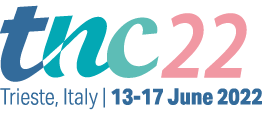Posters
IDEM GARR AAI: MDQ Embedded Discovery Service Integration
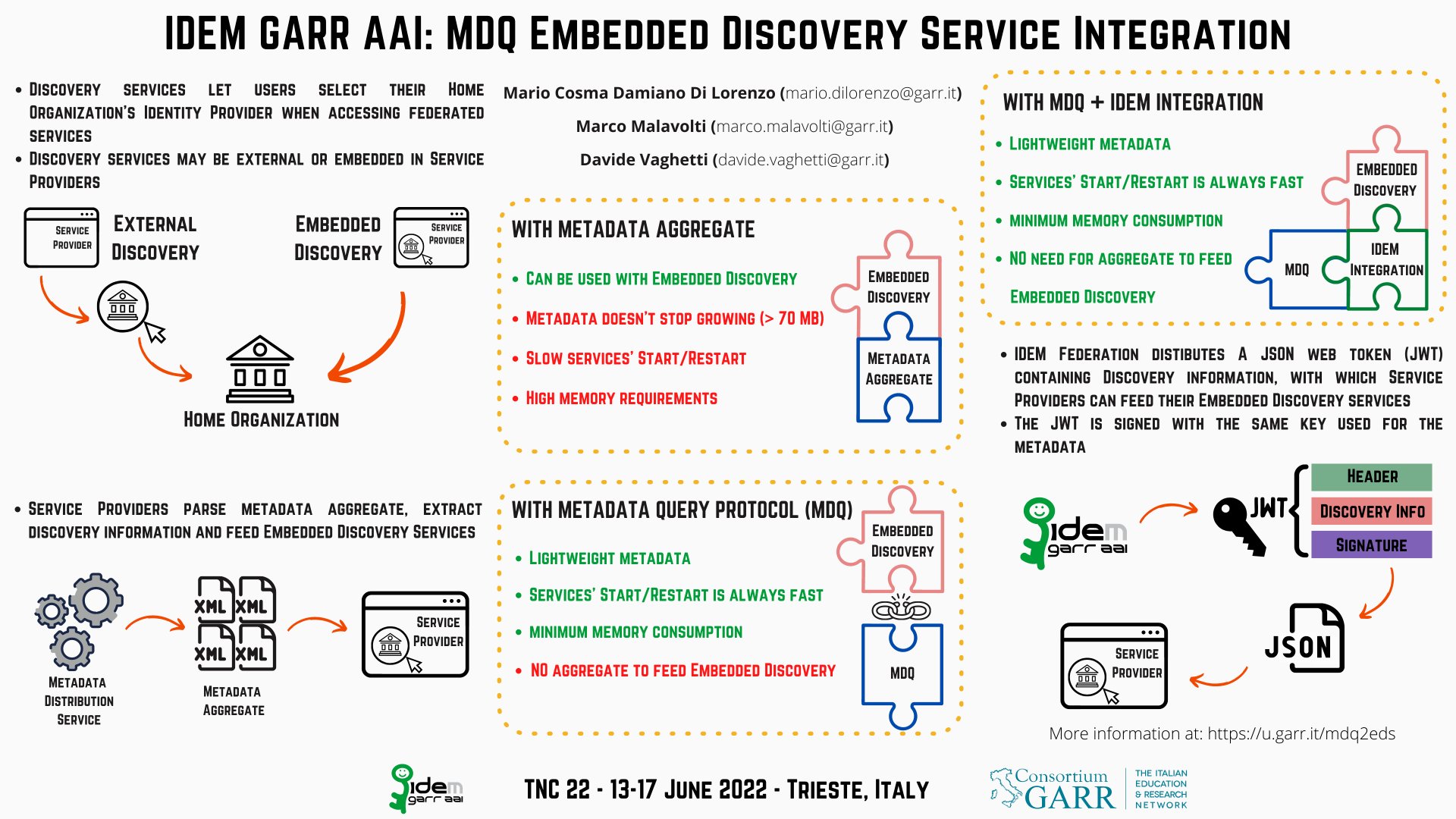
Description
Service Provider use Embedded Discovery service (EDS) to allow users to select the identity provider of their home organization to access federated services. The information needed by an EDS are extracted by a metadata aggregate, provided by identity federation. The continuous growth of eduGAIN, that increased the size of the aggregates distributed by the participating federations, has already brillantly solved by MDQ Protocol but, without the aggregate, the EDS used by the most popular SAML frameworks can't be fed anymore.
IDEM GARR AAI Federation presents its own solution for Shibboleth and SimpleSAMLphp EDS based on a JSON Web Token (JWT).
Authors
Davide Vaghetti (GARR)
Marco Malavolti (GARR)
Mario Cosma Damiano Di Lorenzo (GARR)
Green technologies for treatment of contaminated waters
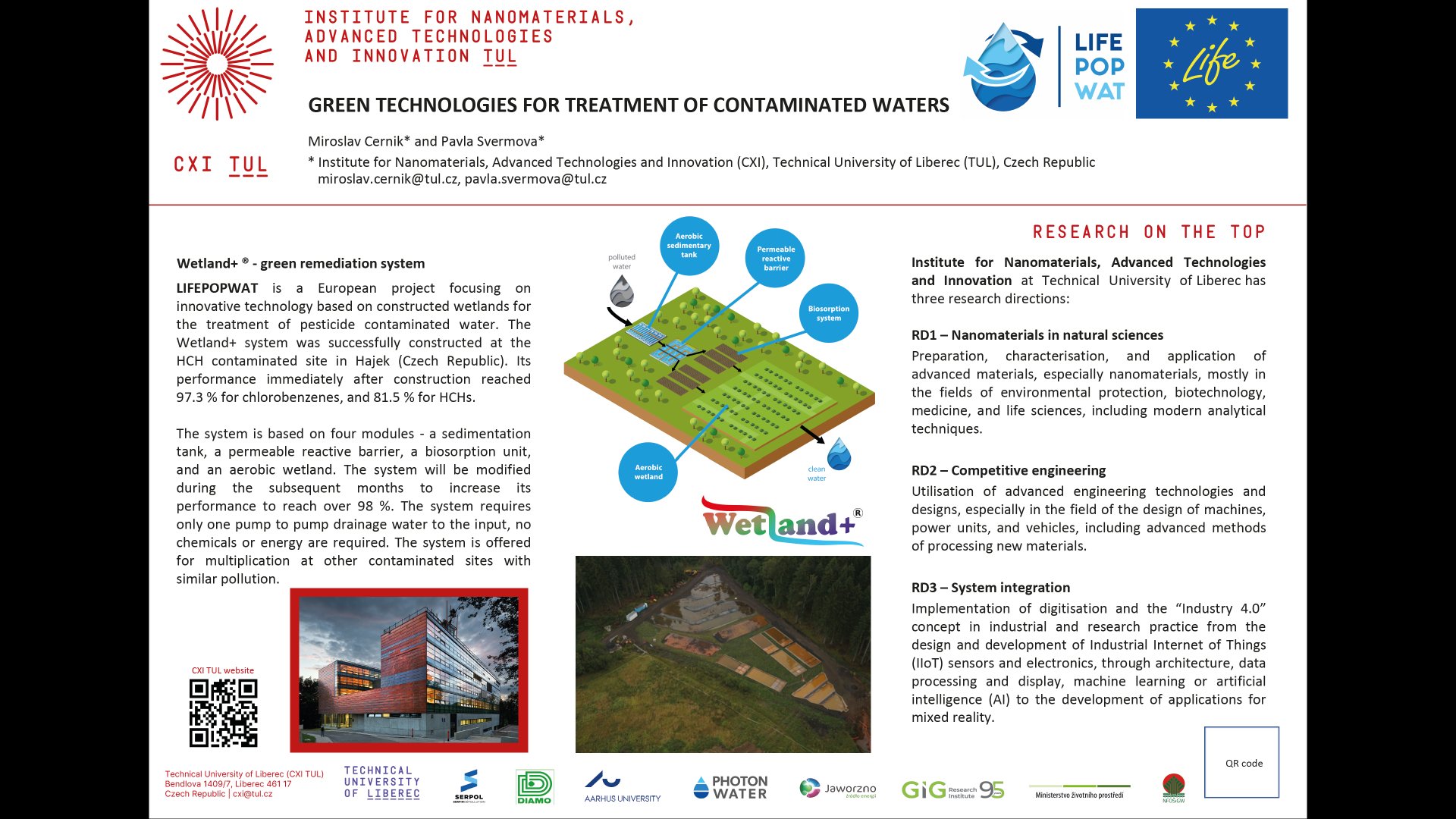
Description
We are honored to introduce you our Institute and our R&D activities. The Institute for Nanomaterials, Advanced Technologies and Innovation of the Technical University of Liberec (CXI TUL) is an internationally respected multidisciplinary centre of science and research. Our mission is to bring innovations into real life together with our industrial partners on the basis of quality research and development. We have chosen an LIFE international project LIFEPOPWAT as an example of the application of the Innovation in practice. It is a European project focusing on innovative technology (Wetland+®) based on constructed wetlands for the treatment of pesticide contaminated water.
Author
Miroslav Cernik (Technical University of Liberec)
Argus - an aggregated Alarm Console
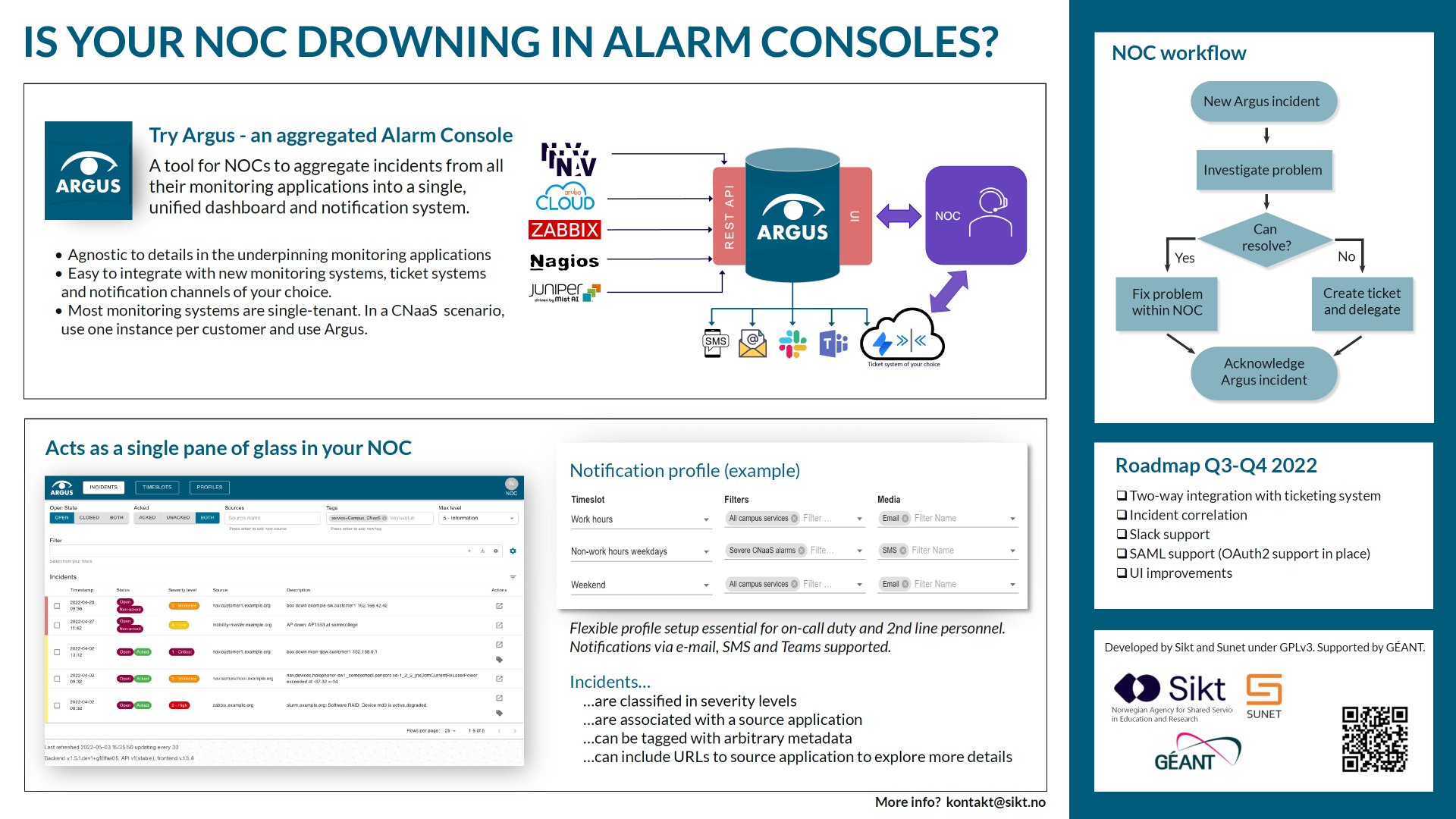
Description
Argus is an open-source tool for NOCs and service centers to aggregate incidents from all their monitoring applications into a single, unified dashboard and notification system. Most NOCs will, out of necessity, use a myriad of applications to monitor their infrastructure and services. In turn, they need to contend with manually managing notification profiles and monitoring dashboards in each individual application. Argus mitigates these scenarios by providing the NOC with a singular overview of actionable incidents, and by providing a single point of notification configuration. Argus is developed by Sikt and Sunet, supported by GÉANT. More info: https://wiki.geant.org/display/NETDEV/Argus
Authors
Morten Brekkevold
Vidar Faltinsen (Director of department)
expanding eduroam
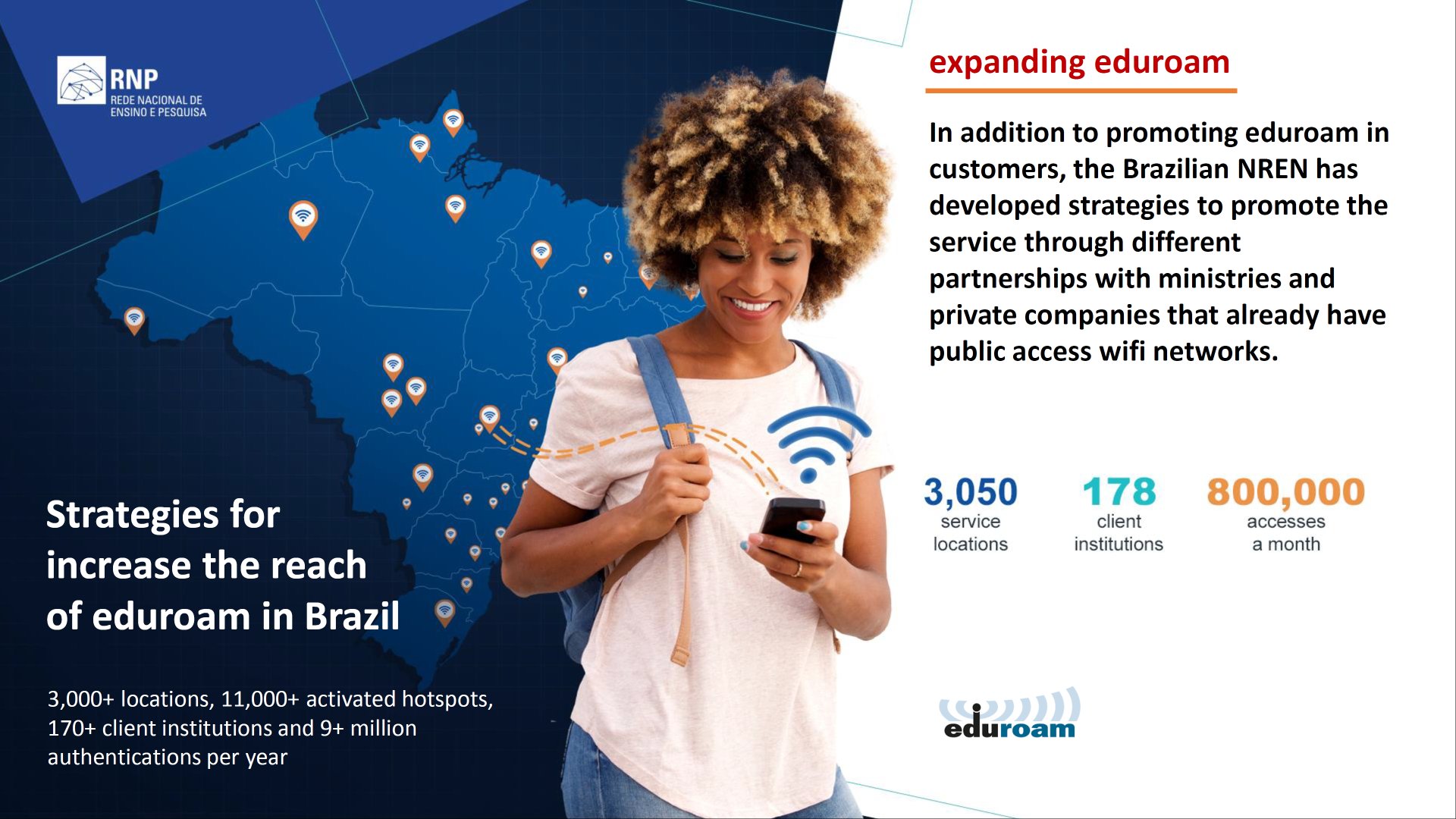
Description
This poster aims to share the main results obtained as a result of the implementation of strategies that the RNP has developed to expand access to eduroam in Brazil.
In addition to the traditional adhesion to the service, carried out by teaching and research institutions, the Brazilian NREN has also made an effort to establish partnerships with companies that have WIFI networks in places of public circulation.
Other partnerships have been made with the Ministry of Education, Science and Technology and Communication, in addition to state and municipal government which also have specific projects aimed at democratizing WIFI access.
Author
Jean Carlo Faustino (Rede Nacional de Ensino e Pesquisa)
GigaSOC: Machine Learning applied to detect cyberattacks on MRENs
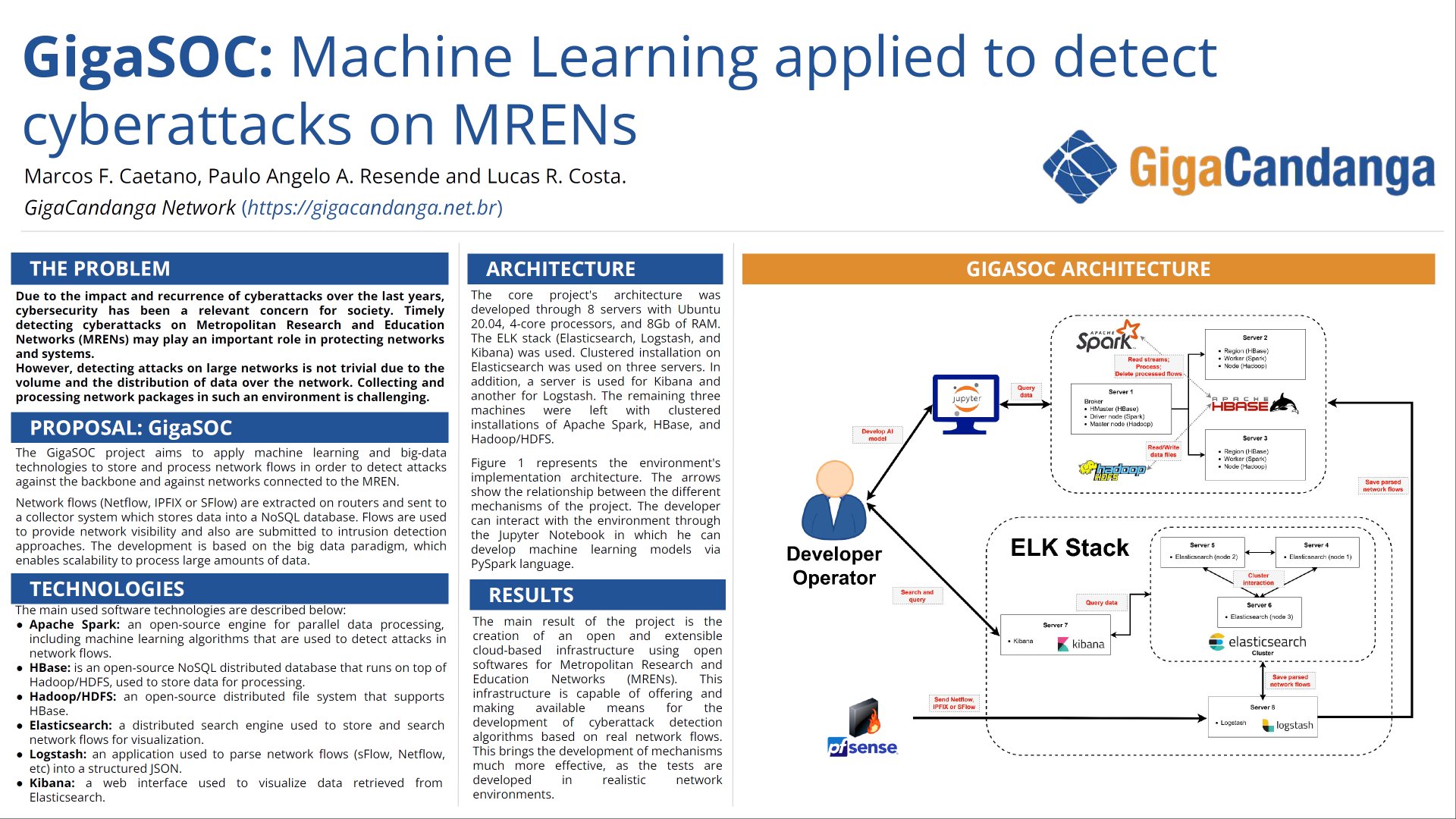
Description
Due to the impact and recurrence of cyberattacks over the last years, cybersecurity has been a relevant concern for society. Timely detecting cyberattacks on Metropolitan Research and Education Networks (MRENs) may play an important role in protecting networks and systems. The GigaSOC project aims to apply machine learning and big-data technologies to store and process network flows in order to detect attacks against the backbone and against networks connected to the MREN. Network flows are extracted on routers and sent to a collector system which stores data into a NoSQL database. Flows are used to provide network visibility and also are submitted to IDS system.
Author
Marcos Fagundes Caetano (University of Brasília / GigaCandanga)
On the journey of automation
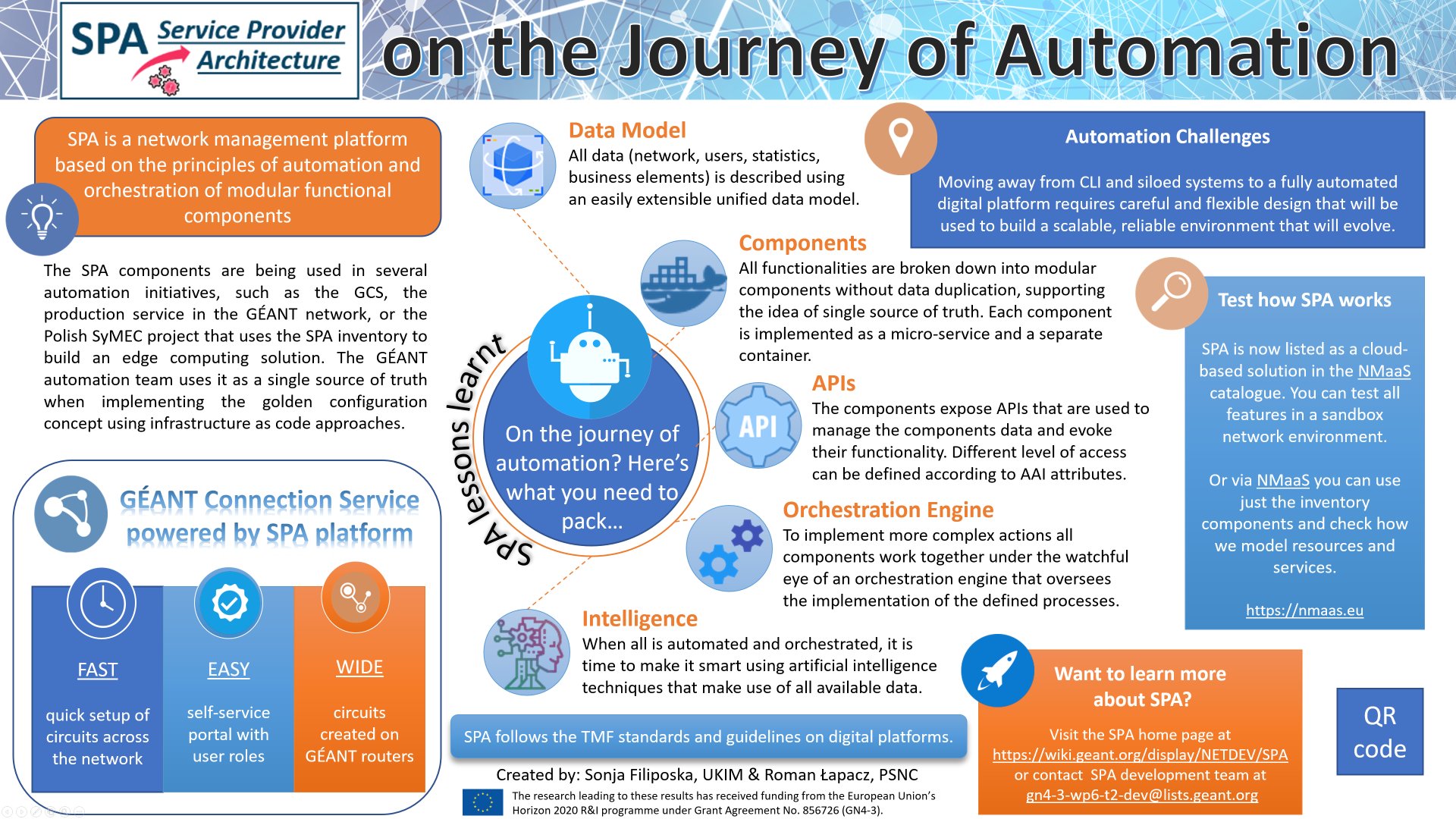
Description
The presentation provides information that should be considered by those who plan to automate the management of their networks. It is based on emerging trends and the experience gained in the GN4-3 project, including analysis of solutions implemented in national academic networks, recommendations developed by TM Forum and the production service GCS using the SPA platform to automate L2 circuit provisioning in the GÉANT network.
Authors
Roman Lapacz (PSNC)
Sonja Filiposka
The European R&E Security Intelligence Hub: from Raw Data + Tools to Intelligence + Information Sharing
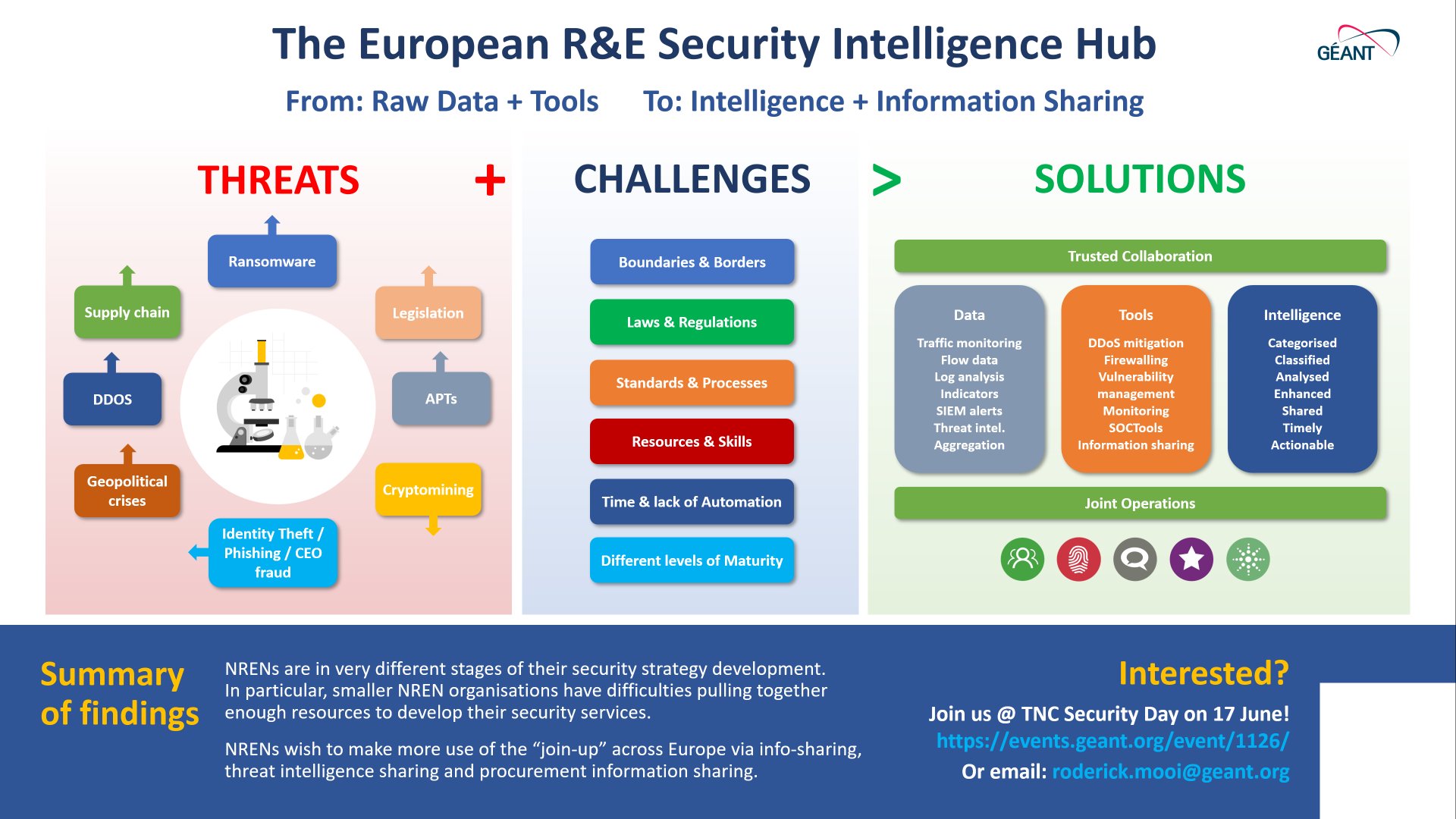
Description
The cybersecurity landscape is constantly evolving - new threats emerge, regulations and standards are enhanced, risks increase, research and education organisations are attacked – and it's challenging to keep up. We need solutions tailored to the requirements of R&E – a trusted community, sharing actionable information and threat intelligence – so that we can be stronger together! Join us at TNC Security Day on 17 June to learn more and contribute: https://events.geant.org/event/1126/
Author
Roderick Mooi (GÉANT)
Defining cross-domain, FAIR-oriented procedures and services to enforce data provenance
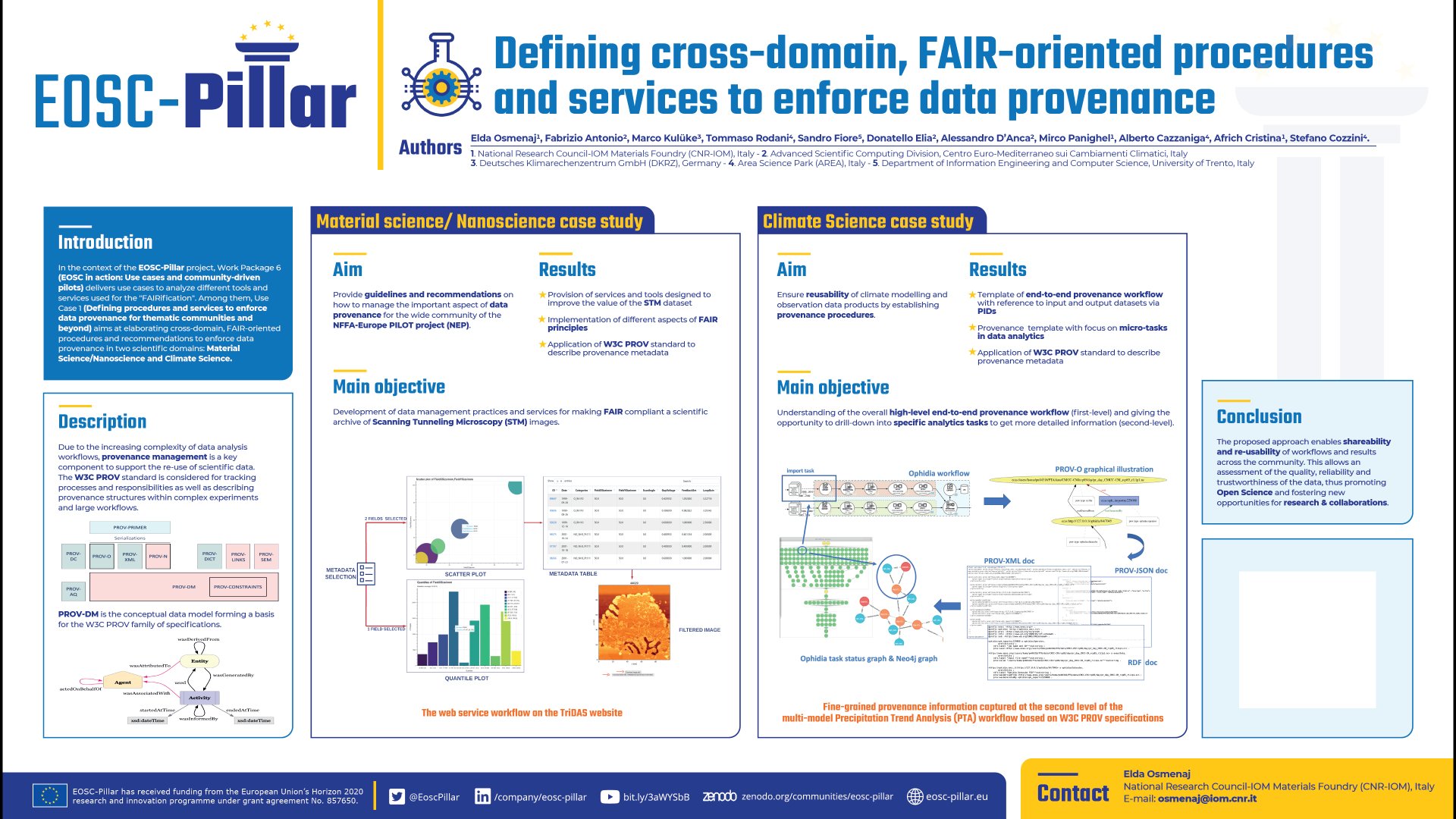
Description
Work Package 6 of the EOSC-Pillar project delivers use cases to analyze different tools and services used for the "FAIRification". Among them, UC1 aims at elaborating cross-domain, FAIR-oriented procedures and recommendations to enforce data provenance by considering needs coming from two scientific domains: Material Science/Nanoscience and Climate Science. In such a context, W3C PROV standard has been considered a recommended family of specifications. Starting from the W3C PROV data model and ontology, the PROV Core concepts have been applied on top of the existing scientific data services, to enhance provenance capabilities, thus addressing FAIR-oriented full provenance management.
Author
Elda Osmenaj (Consiglio Nazionale delle Ricerche Istituto Officina dei Materiali (CNR-IOM))
Blue-Cloud: An Open Science platform for tackling global ocean challenges

Description
The H2020 project Blue-Cloud is developing the thematic EOSC for ocean science, through a collaborative virtual environment. Blue-Cloud federated European marine Research Infrastructures and e-Infrastructures, allowing researchers to combine, reuse, and share quality data.
The project developed three main technical assets:
Blue-Cloud Data Discovery and Access Service (DD&AS) facilitating access to 10+ million multi-disciplinary datasets.
Blue-Cloud Virtual Research Environment (VRE) enhancing collaborative research.
This potential is explored by domain-specific Virtual Labs developed by experts addressing challenges related to biodiversity, genomics, marine environment, fisheries, and aquaculture.
The poster highlights the services developed within Blue-Cloud for the benefit of marine research.
Author
Federico Drago (Trust-IT Services)
ScienceMesh - an interoperable federation of data and higher-level services to enable friction free collaboration and unlock open science
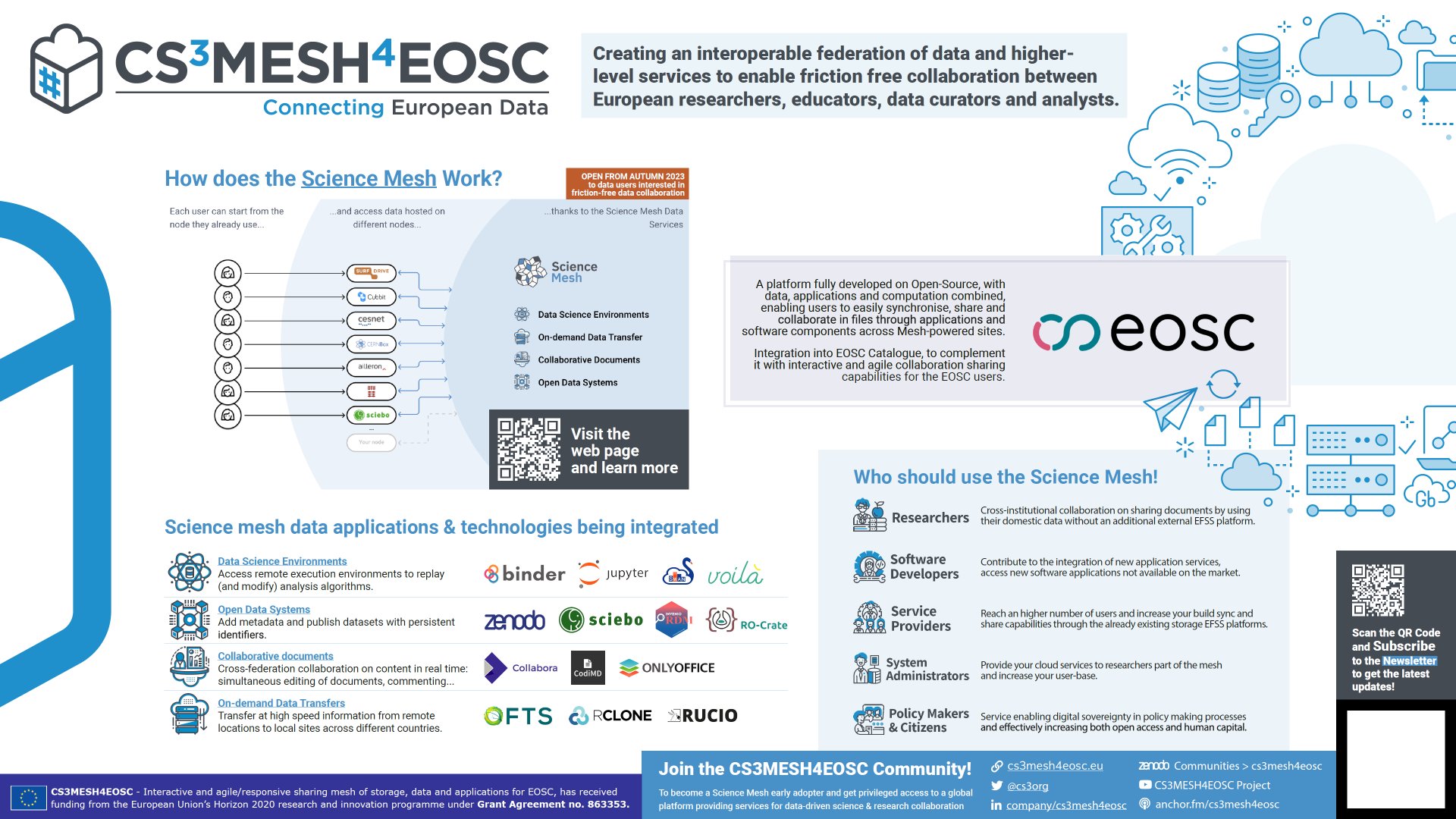
Description
CS3MESH4EOSC is developing an interactive and agile sharing mesh of storage, data and applications for open science, known as ScienceMesh. It is a bigger platform, made essentially of technologies that already exist in the market, fully developed in Open-Source, where users can recombine their data with others. A truly friction-free collaboration between European data users (researchers, educators, data curators and analysts), giving them the ability to control and share datasets remotely, across borders in a secure and easy way, while becoming FAIR compatible and integrated with the European Open Science Cloud.
Author
Rita Sofia Meneses (Trust-IT Services)
Asi@Connect - Connecting Asia and Europe’s Research and Education Communities
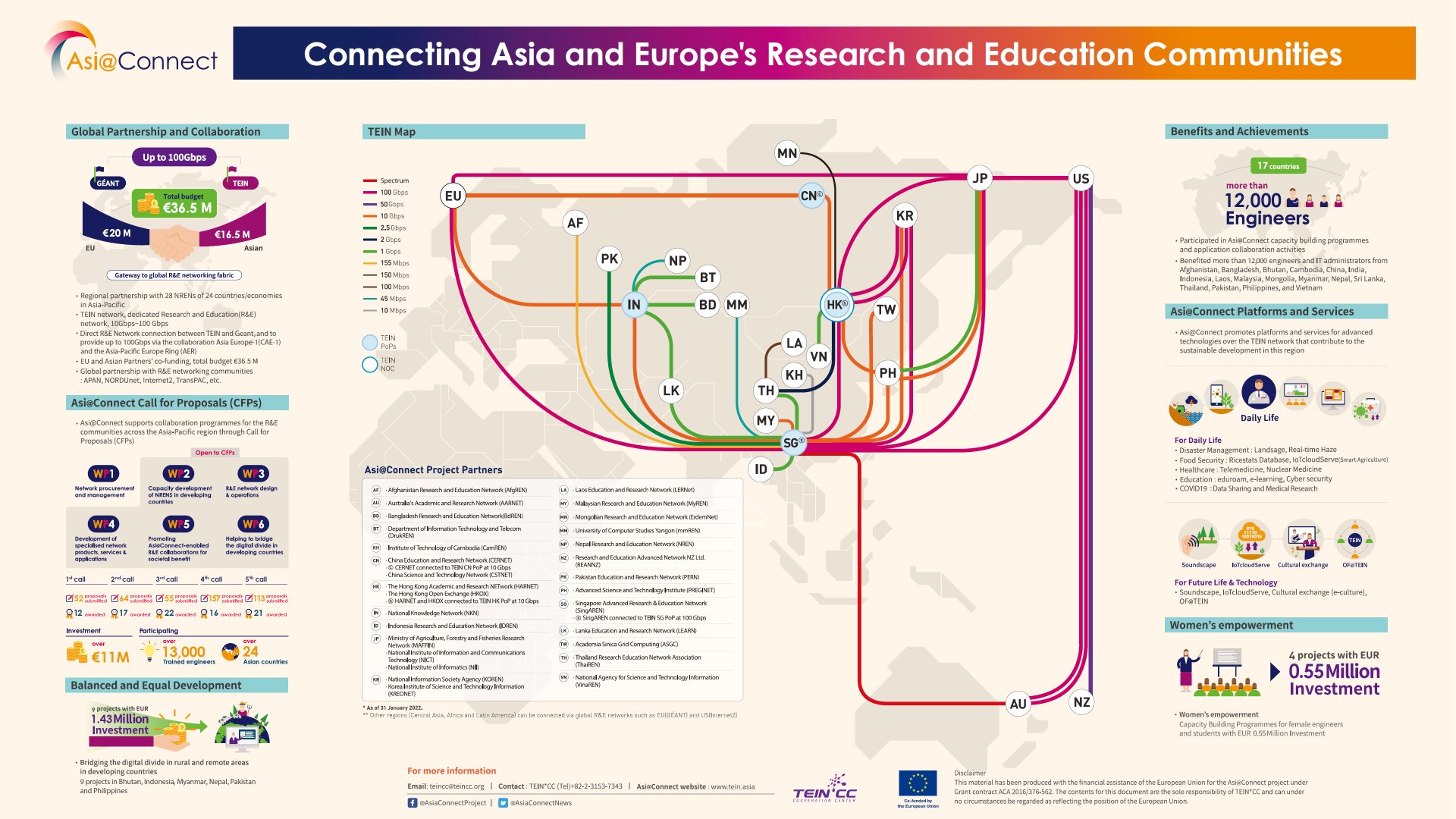
Description
This poster illustrates brief information of Asi@Connect Project in infographics and numbers. The infographics will help understand what Asi@Connect is doing and who is benefiting by Asi@Connect Project. Also, the TEIN network Topology map shows how Asia-Pacific partners connected with each other and linked to global R&E networks.
Author
Eunjin Hu (TEIN*Cooperation Center)
Implementing MFA on Shibboleth Identity Provider using Microsoft 365_Case of NIH Collaboration in Mali and Uganda
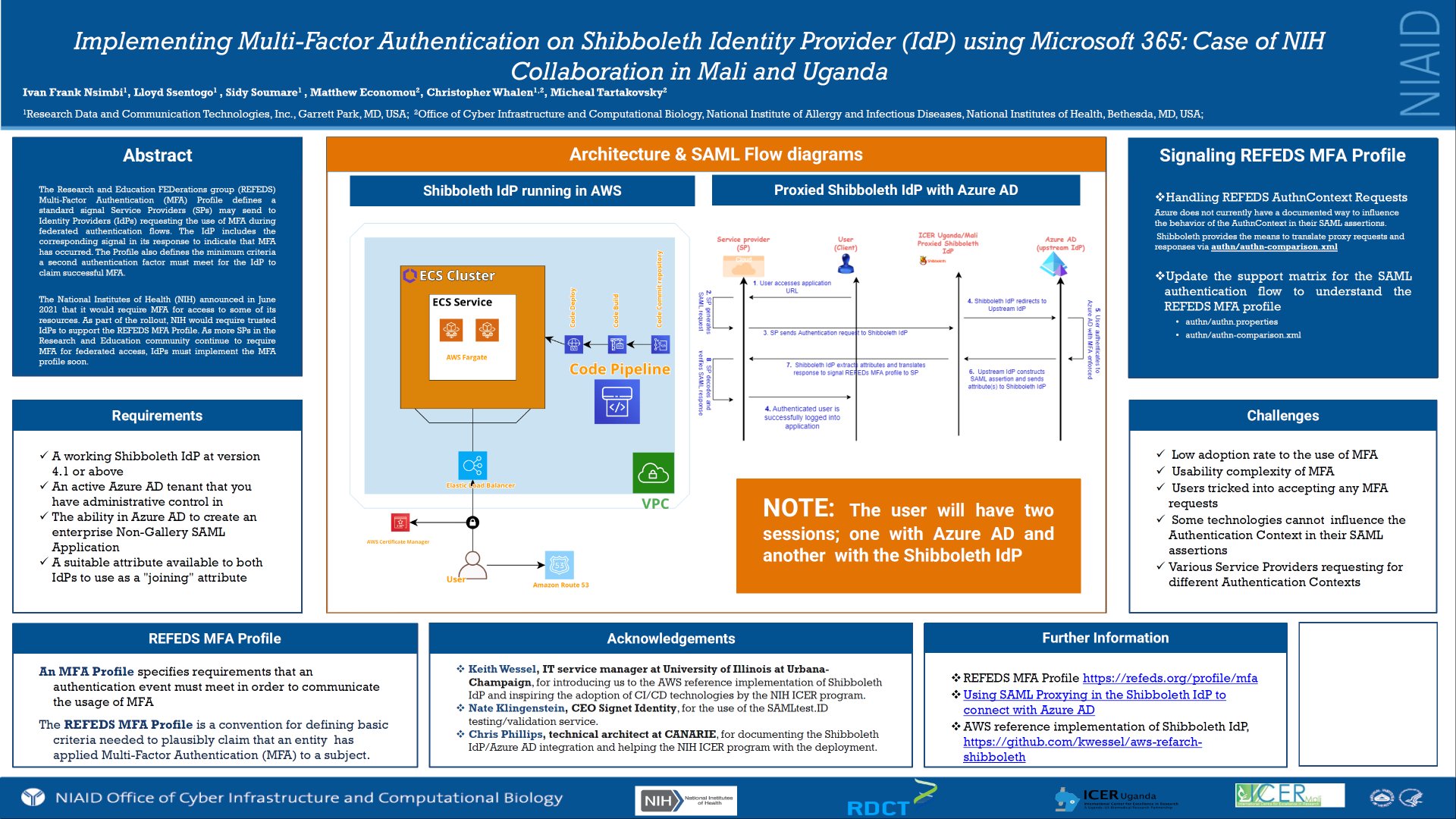
Description
The Research and Education FEDerations group (REFEDS) Multi-Factor Authentication (MFA) Profile defines a standard signal Service Providers (SPs) may send to Identity Providers (IdPs) requesting the use of MFA during federated authentication flows. The IdP includes the corresponding signal in its response to indicate that MFA has occurred. The Profile also defines the minimum criteria a second authentication factor must meet in order for the IdP to claim successful MFA.
The National Institutes of Health (NIH) announced in June 2021 that it would require MFA for access to some of its resources. As part of the rollout, NIH would require trusted IdPs to support the REFEDS MFA Profile. As more SPs in the Research and Education community continue to require MFA for federated access, IdPs must implement the MFA profile soon.
This case study will describe the technical implementation details and challenges faced while enabling the REFEDS MFA profile on the Shibboleth IdPs for the NIH International Centers of Excellence in Research (ICERs) in Uganda and Mali using Microsoft 365 for issuing MFA tokens.
Author
Ivan Frank Nsimbi (Research Data and Communication Technologies (RDCT))
Open Clouds for Research Environments

Description
Open Clouds for Research Environments (OCRE) is an EU-funded project working to increase the uptake of commercial cloud and earth observation services in research. In 2020, the OCRE project successfully ran a Europe-wide tender leading to the OCRE Cloud Framework. Many research institutions and their researchers and students can benefit from the OCRE Cloud Framework, relatively few know of the extensive benefits it provides, but those which do are making the most of it!
This poster focuses on the OCRE Cloud Framework, what it is, who can benefit, why they should use it, and how to use it.
Authors
Rob Carrillo (Trust-IT Services)
Zachary Smith (Trust-IT Services)
Enhancing Teaching and Learning Through Engineering Education Research
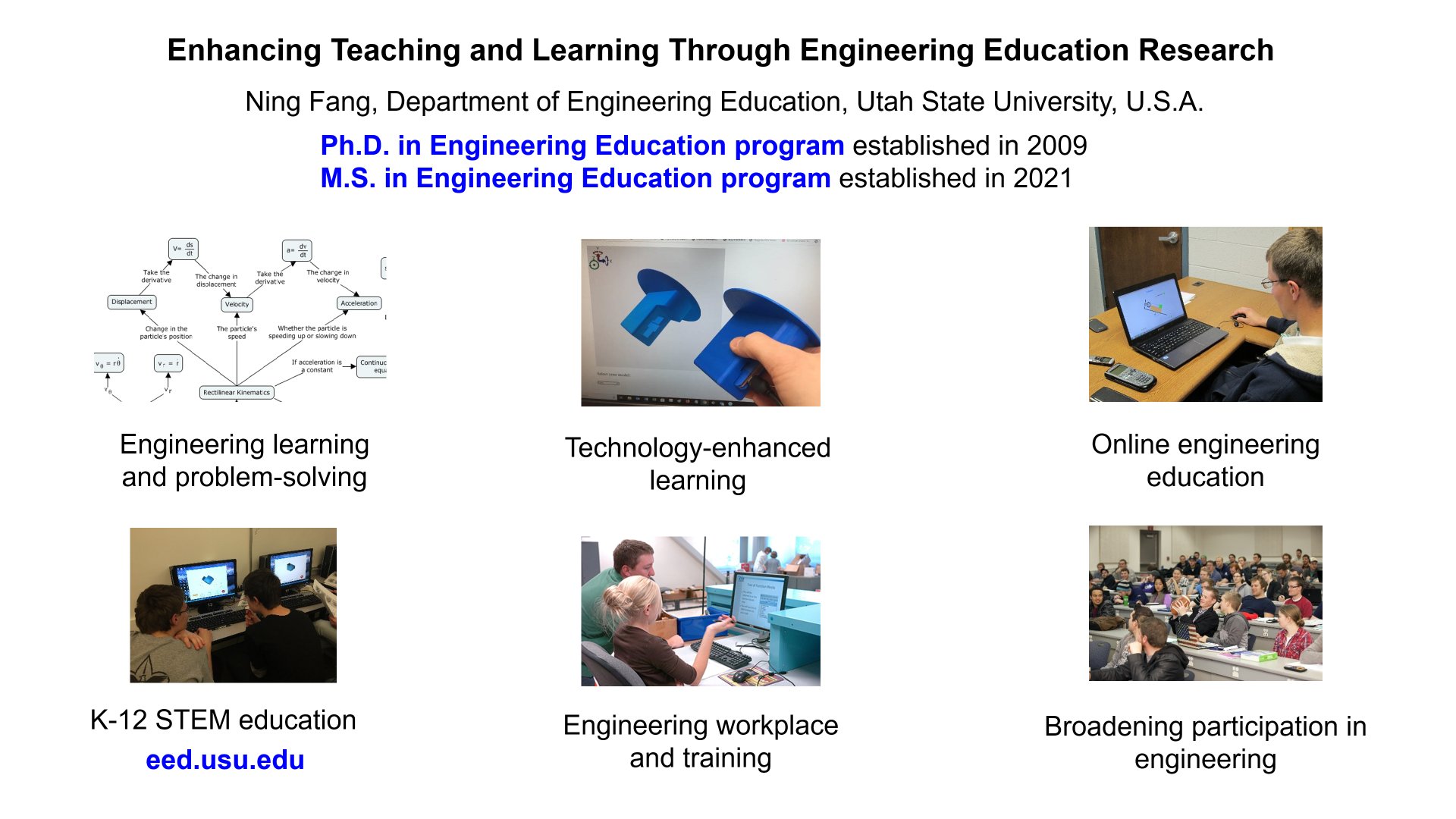
Description
Engineering education has recently evolved into its own emerging discipline existing in parallel with traditional engineering disciplines, such as mechanical, civil, and electrical engineering. Consequently, engineering education research has also evolved into its own discipline. Utah State University, a public research institution in U.S.A., established the Engineering Education Department within its College of Engineering in 2009. The Department offers Engineering Education M.S. and Ph.D. programs and conducts research in six areas listed in this poster. The Department is expanding its efforts in online engineering education and broadening participation in engineering. Interested students are welcome to apply for our graduate programs.
Author
Ning Fang (Utah State University)
KREN infrastructure
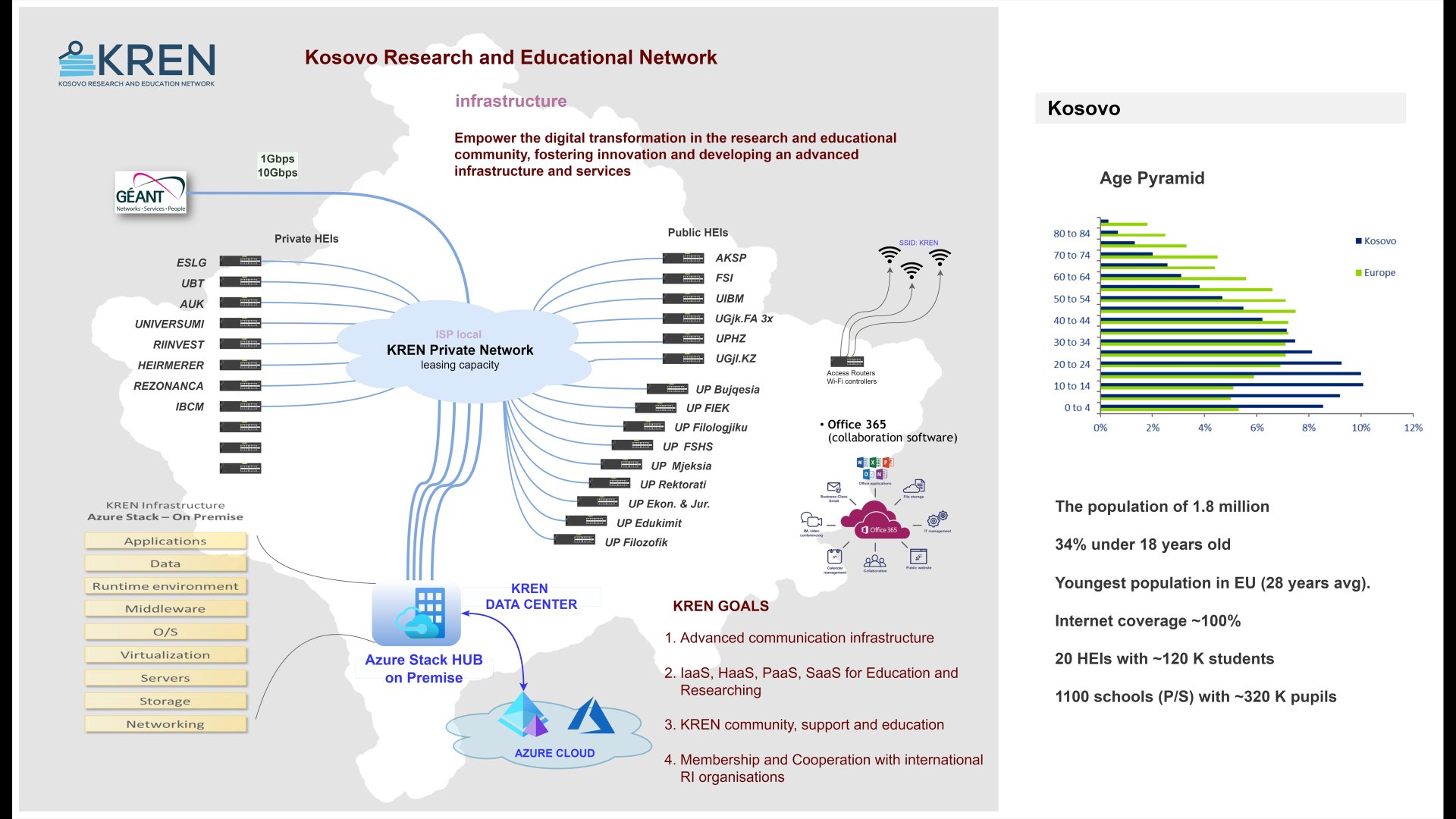
Description
To Whom It May Concern
You can find attached the poster and am abstract about the poster.
For any further information please do not hesitate to contact me.
Author
Atif Basani (Kosovo Research and Education Network)
Pillars for Clouds – GARR IaaS and PaaS for EOSC

Description
GARR, the Italian NREN, supports the European Open Science Cloud (EOSC) services of the EOSC-Pillar and NEANIAS H2020 projects through IaaS (OpenStack) and PaaS (Kubernetes) running on its federated community
cloud infrastructure, directly connected to GÉANT.
Among their objectives, EOSC-Pillar aims at harmonising national initiatives for coordinating data infrastructures and services in Austria, Belgium, France, Germany, and Italy, while NEANIAS aims at the co-design and delivery of innovative thematic services in the underwater, atmospheric and space research sectors.
High automation, in both orchestration and continuous integration operations, is key to the successful delivery of infrastructural and EOSC services.
Author
Claudio Pisa (GARR)
CESNET: Advanced Photonic Services running on Czech LightTM Open Line System

Description
The CESNET2 optical network (since 1999) is based on leased dark fibres lighted as a leased service. The core of the network is formed by a DWDM infrastructure designed for up to 400 Gb/s and predominantly with 100 Gb/s channels. It is deployed by combination of commercial and open line transmission systems. CESNET's own design devices, the Czech Light™ family. The poster describes parallel transmissions of data transport and new applications of fibre optic networks as QKD, precise time and ultra stable frequency transfers, and cross border, bringing significant fibre rental costs savings, according to CESNET long time experience.
Author
ENES Data Space: an open, cloud-enabled data science environment for climate analysis
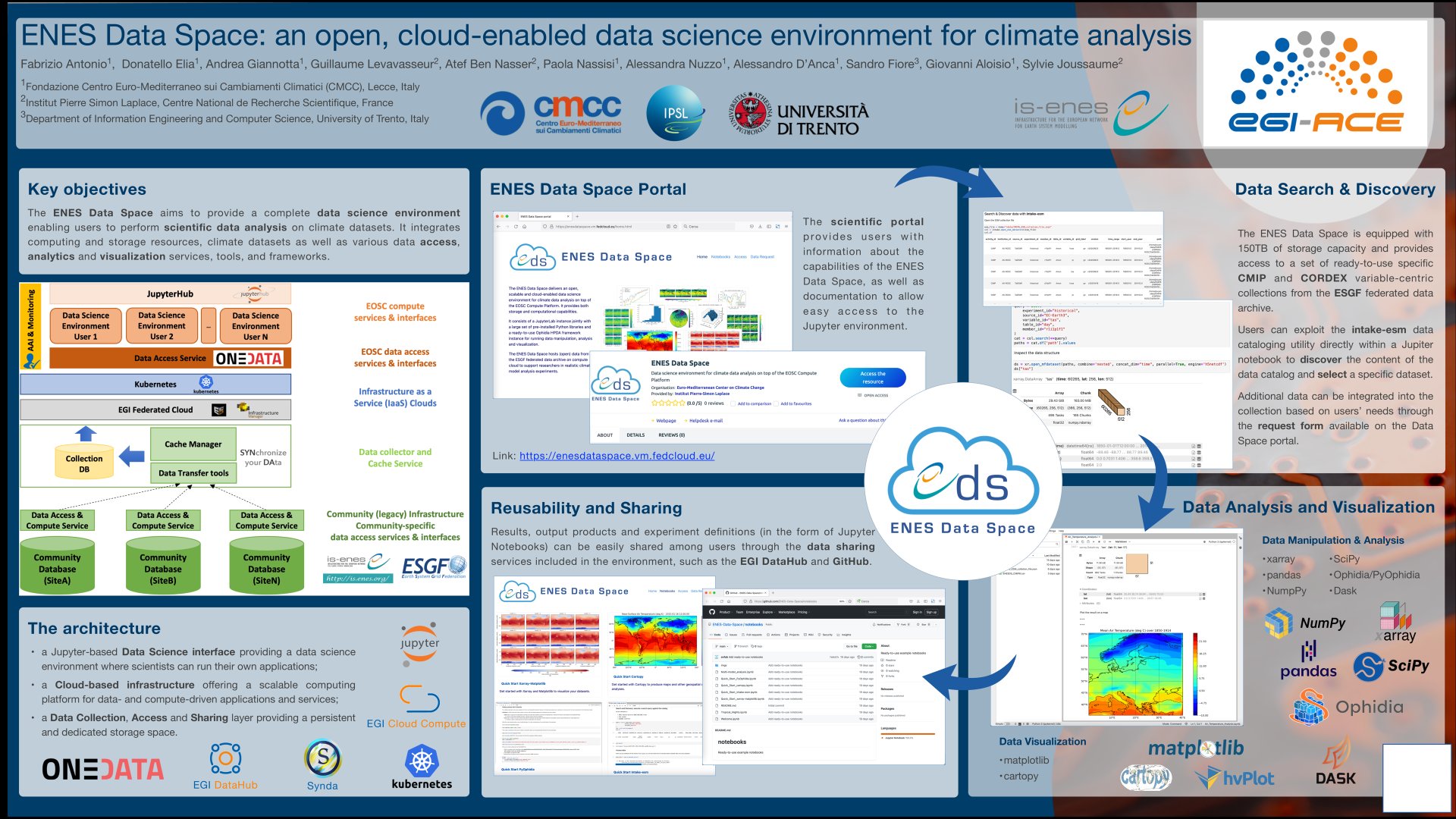
Description
In the context of the European Open Science Cloud, the ENES Data Space represents a domain-specific implementation of the data space concept, a digital ecosystem supporting scientific communities towards a more sustainable, effective and FAIR use of data. Such ecosystem has been recently opened to climate users, offering datasets, tools and services into a single environment with ready-to-use data and programmatic capabilities for the development of data science applications. Presently, the data store of the ENES Data Space provides access to models output from large-scale global experiments for climate model intercomparison. Storage and computational resources are provided by the EGI Federated Cloud Infrastructure.
Author
Fabrizio Antonio (Advanced Scientific Computing Division, Centro Euro-Mediterraneo sui Cambiamenti Climatici)
Supporting long tail of science with SURF Research Cloud

Description
SURF Research Cloud is a science gateway to multiple cloud providers. It enables researchers to deploy their virtual research environment to on-premises, national research infrastructures and public clouds. It uses "infrastructure as code" to reproducibly deploy virtual research environment on the different platforms. These configurations can be created collectively by researchers and communities. This enables researchers to easily deploy preconfigured virtual research environment next to the data that needs to be analyzed. Access is based on FIAM using eduTEAMS and eduGAIN. SURF Research Cloud works closely together with all major public cloud vendors in OCRE and GÉANT’s open-source Multi-cloud Platform.
Authors
Ivar Janmaat (SURF)
Martin Brandt (SURF)
